The jungle is a ruthless, unforgiving place where survival depends on strength, speed, and cunning. While apex predators dominate with their sharp claws and deadly teeth, some animals struggle to avoid becoming someone else’s lunch. These creatures sit at the bottom of the food chain, are constantly hunted, and are rarely feared.
1. Tree Frogs
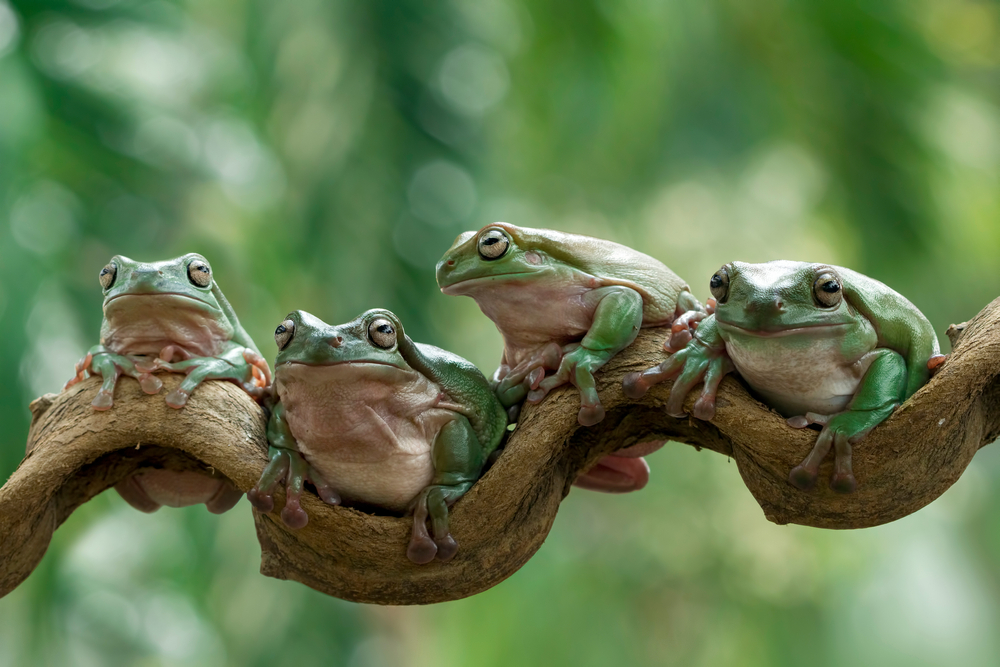
Tree frogs are small, delicate, and perpetually on the menu for snakes, birds, and even larger frogs. Their vibrant colors often serve as camouflage, blending into leaves and branches, but this defense doesn’t always work. Tree frogs are incredibly agile, leaping between trees to escape predators, but they can only do so much against relentless hunters. For every successful escape, many more tree frogs fall victim to jungle predators. Their lives are as beautiful as they are fragile.
2. Jungle Crabs
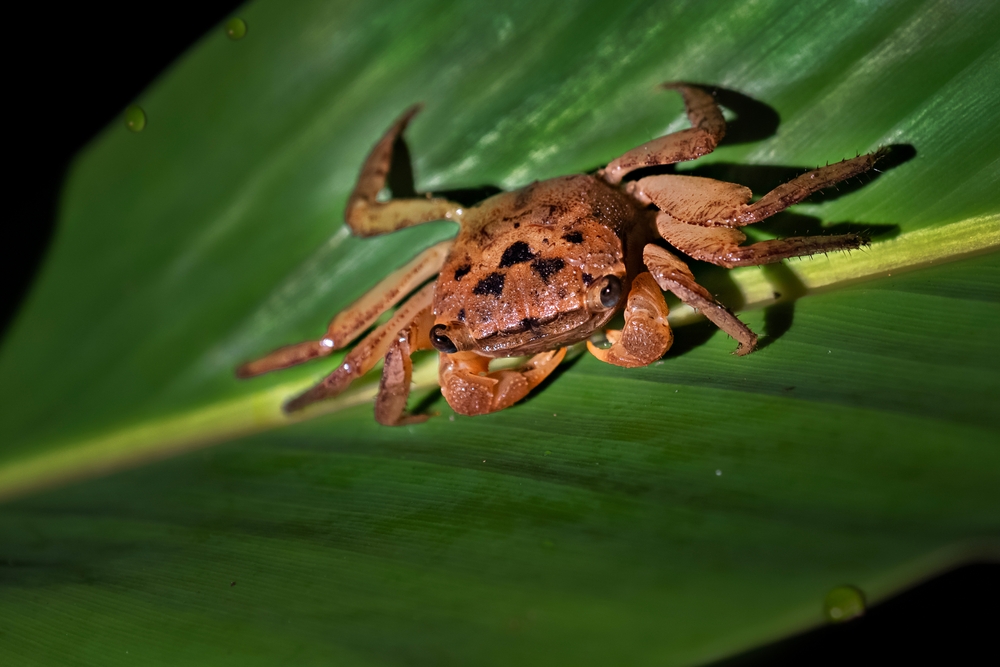
Even jungle-dwelling crabs aren’t safe from the constant hunt for food. These crustaceans are targeted by birds, monkeys, and larger reptiles, who prize their soft, meaty insides. Their shells provide some protection, but they’re easy pickings once cracked. Jungle crabs often scuttle for safety under rocks or into water, but their predators are resourceful. As bottom-dwellers, they’re frequently hunted with little chance to defend themselves.
3. Leafcutter Ants
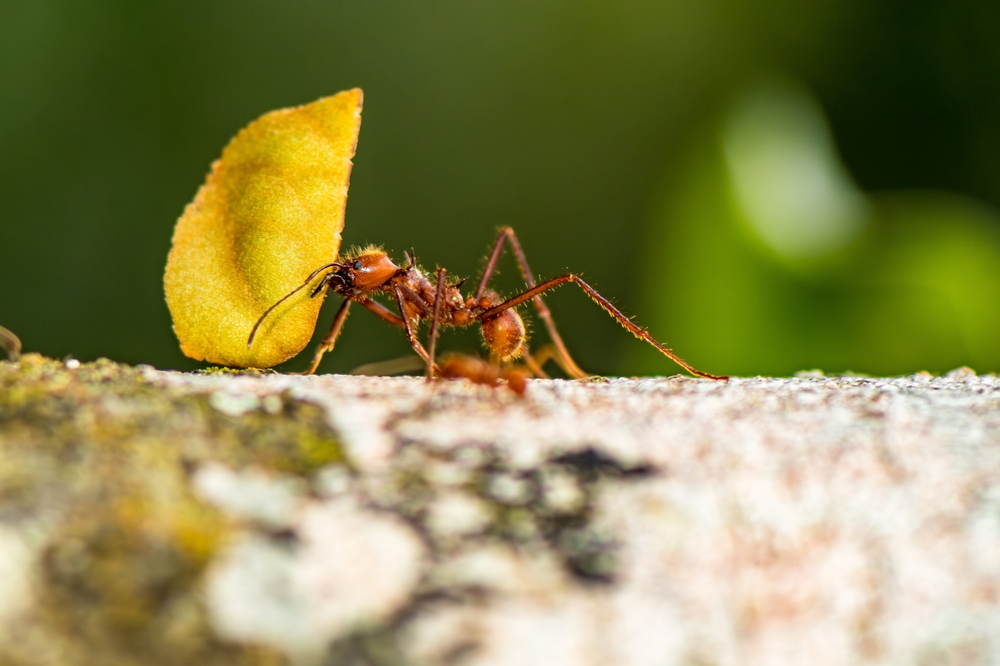
These industrious insects may look like tireless workers, but they’re easy prey for predators like birds, lizards, and even parasitic wasps in the jungle. Despite their numbers and teamwork, individual ants rarely stand a chance when attacked. Their main defense is their sheer quantity, overwhelming predators with their massive colonies. However, for every successful trip to gather leaves, many ants fall victim to waiting predators. They’re the ultimate team players, but their vulnerability is staggering.
4. Frogs, Even Poison Dart Frogs
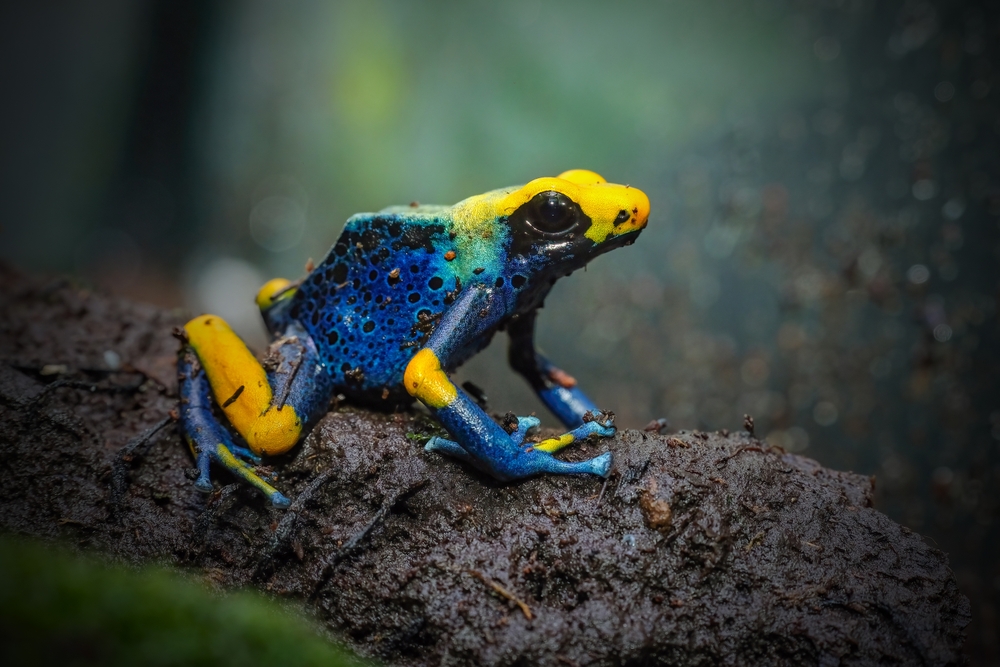
Frogs in the jungle are a staple snack for predators ranging from snakes to birds. Their small size and soft bodies make them easy targets, even when their camouflage works in their favor. Poison dart frogs use toxic skin to deter hunters, but most frog species rely solely on their ability to jump away. Unfortunately, that’s often not enough against fast-moving predators. For many frogs, life is a constant leap between survival and being someone else’s meal.
5. Jungle Mice
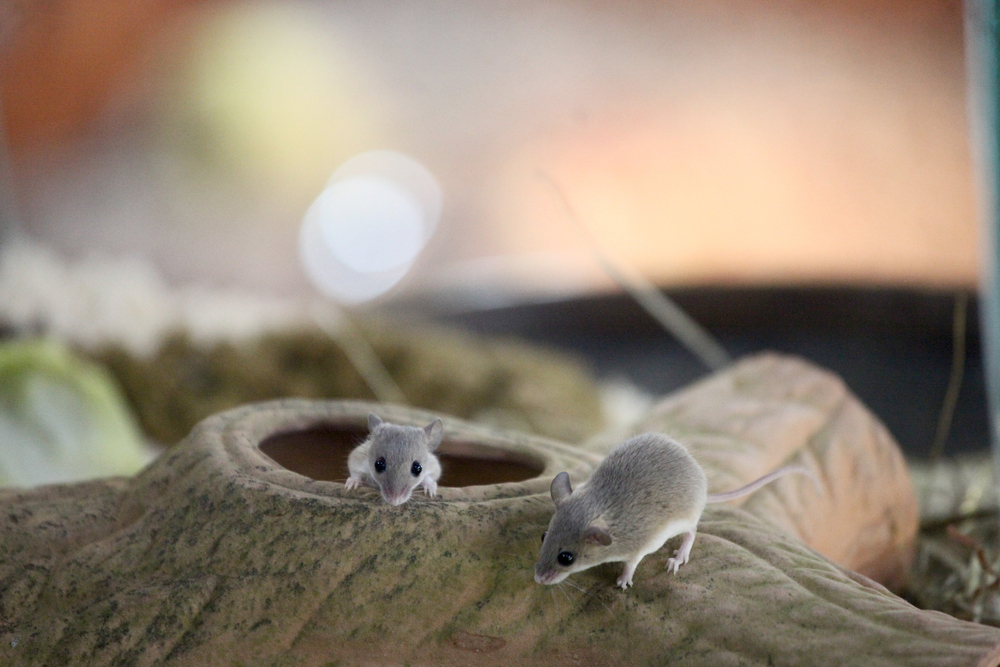
Small, squeaky, and constantly scurrying for safety, jungle mice live in the shadow of death. Predators like owls, snakes, and big cats hunt them relentlessly, attracted by their tiny size and quick movements. Their burrows aren’t always safe, as snakes will slither inside to grab a snack. Jungle mice reproduce quickly to offset their high mortality rate, but their lives are an endless game of hide and seek. It’s tough being at the bottom of the food chain.
6. Grasshoppers
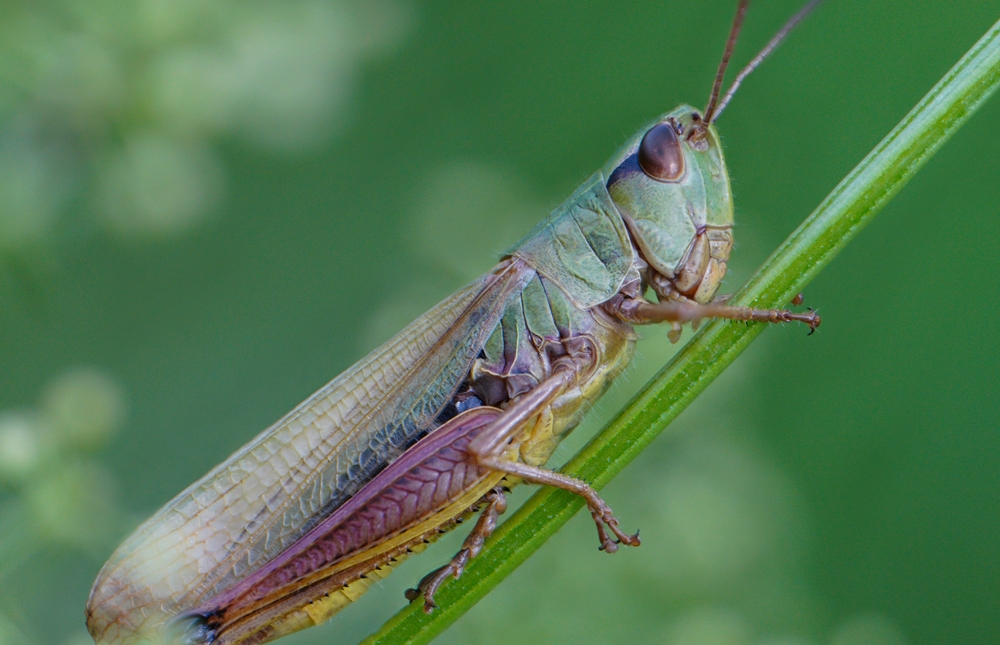
Grasshoppers may seem insignificant, but they’re a vital food source for many predators, including birds, spiders, and reptiles. Their primary defense is their powerful jumping ability, which lets them escape immediate danger. However, skilled hunters like mantises or swooping birds in the dense jungle often catch them mid-air. Despite their agility, grasshoppers rarely survive long enough to see old age. They’re fast but not fast enough in the relentless game of survival.
7. Caterpillars
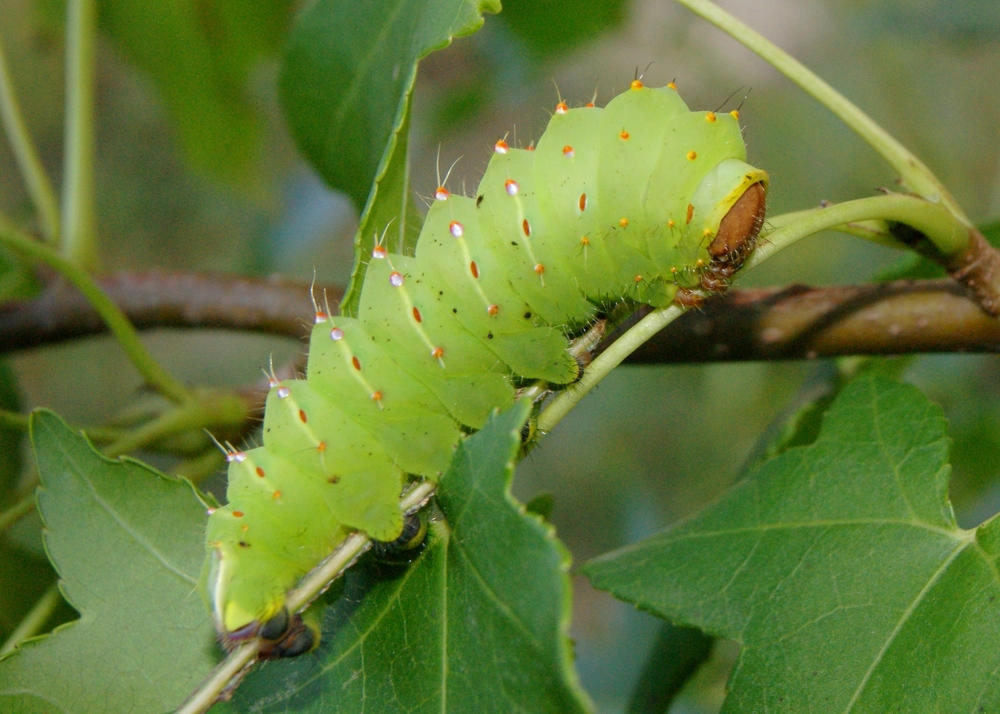
Caterpillars may become butterflies someday, but many never make it that far. They’re a favorite food for birds, wasps, and small mammals in their vulnerable larval stage. Some species use camouflage or toxic spines for protection, but countless others are helpless against their predators. Their slow movement and soft bodies make them easy targets in the jungle. For every butterfly that emerges, dozens of caterpillars are sacrificed to the food chain.
8. Termites

As nature’s cleanup crew, termites are vital to the ecosystem and prime prey for predators like anteaters, birds, and even larger insects. Their colonies provide safety in numbers but once breached; termites stand no chance against their attackers. Despite their large populations, they’re easy meals for animals that specialize in digging into their nests. Their importance to the jungle’s balance doesn’t save them from becoming a predator’s feast. Termites are the ultimate unsung heroes, constantly hunted yet irreplaceable.
9. Worms
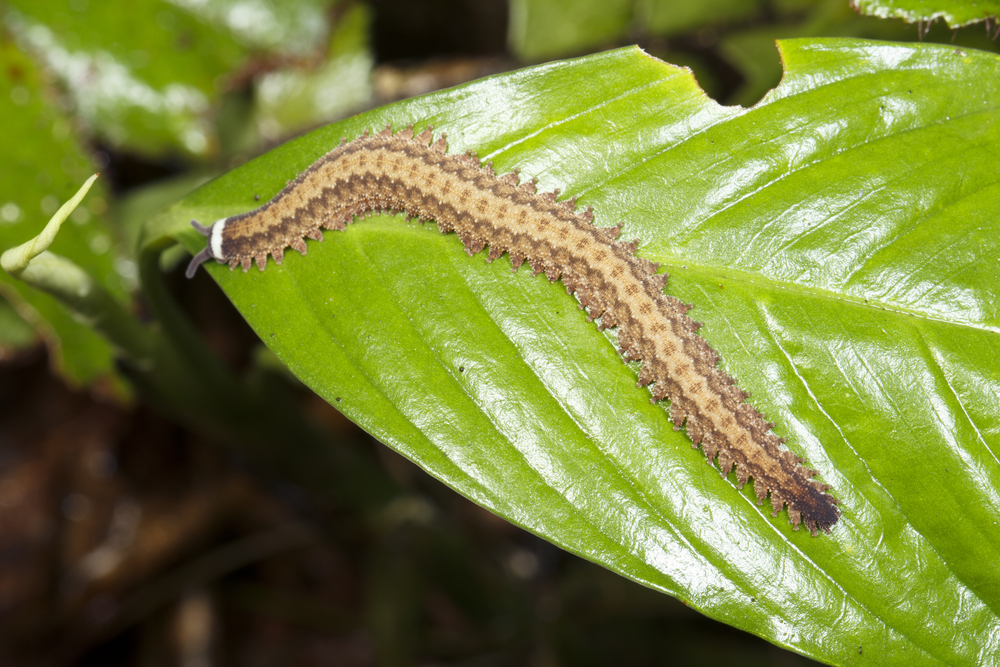
Worms may not seem like jungle dwellers, but they play a vital role in maintaining soil health—and are frequently eaten for their trouble. Birds, amphibians, and even small mammals hunt worms tirelessly, knowing they’re defenseless and abundant. Their soft, slow-moving bodies offer no protection, making them an easy meal for anything hungry. Worms may be crucial to the jungle’s ecosystem but live at constant risk of being devoured. It’s a humble yet dangerous existence.
10. Jungle Snails
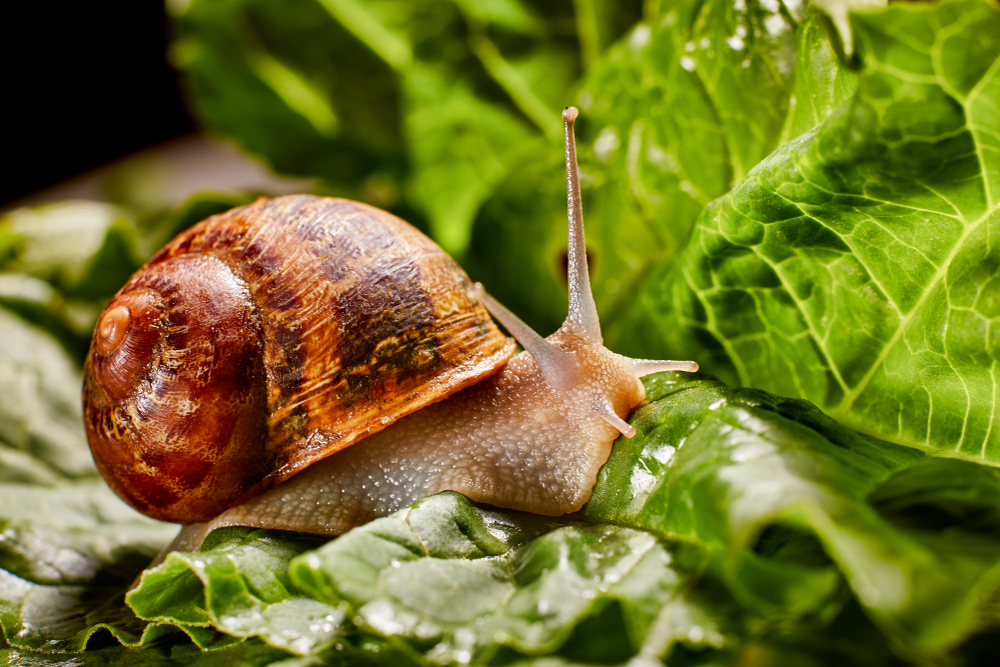
Slow-moving and fragile, jungle snails are a delicacy for birds, reptiles, and even monkeys. Their shells offer limited protection, often crushed or broken by persistent predators. While some species have evolved toxic mucus to deter attackers, most snails are easy pickings for skilled hunters. They’re vital for nutrient recycling, but their food chain position exposes them to danger. Jungle snails may be small, but their role—and risk—is enormous.
11. Jungle Fish
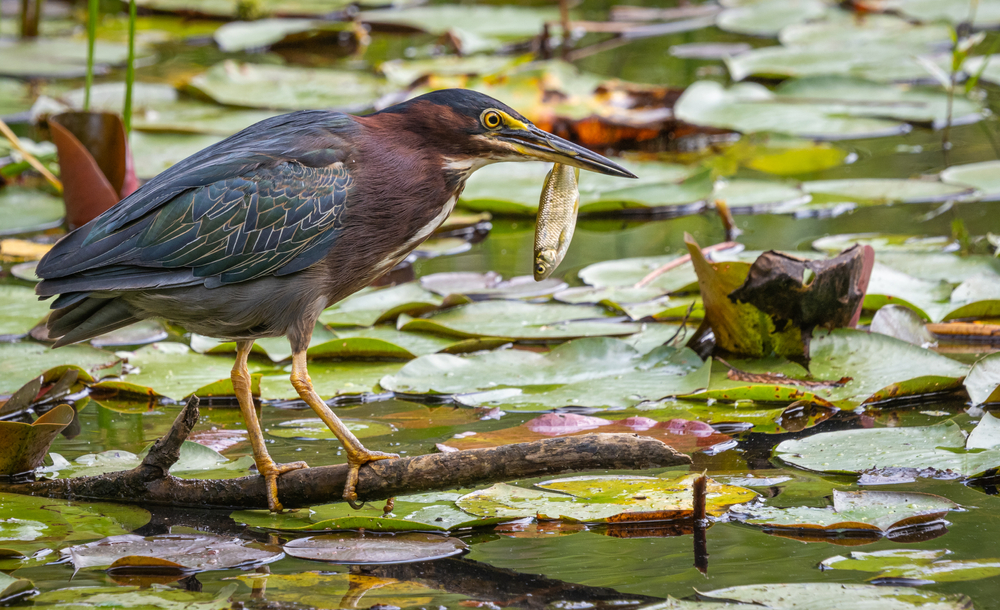
In jungle rivers and streams, small fish are constantly hunted by larger predators like caimans, birds, and other fish. Their speed and schooling behavior offer some protection, but predators often pick them off one by one. These fish play a critical role in the aquatic food chain, feeding everything from otters to jaguars. Despite their importance, they’re rarely more than a fleeting meal for their hunters. Life underwater is just as brutal as life on land.
12. Jungle Beetles
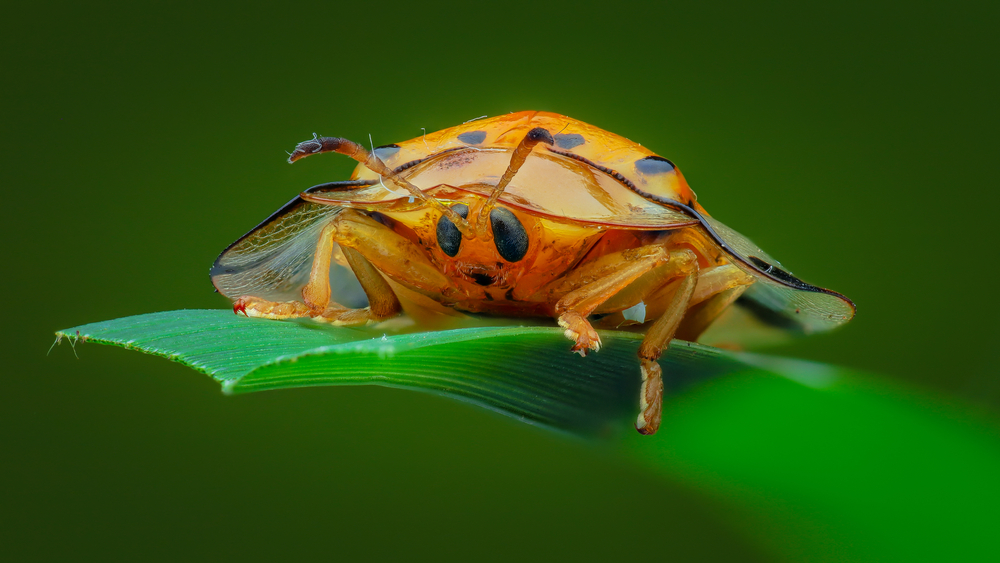
Jungle beetles might be armored, but they’re far from invincible. Birds, frogs, and lizards hunt them relentlessly, often flipping them over to expose their softer undersides. While some beetles have evolved defense mechanisms like chemical sprays, many are no match for their predators. They play a critical role as decomposers but are constantly at risk of becoming prey. In the jungle, even a hard shell can’t guarantee survival.
13. Jungle Rats
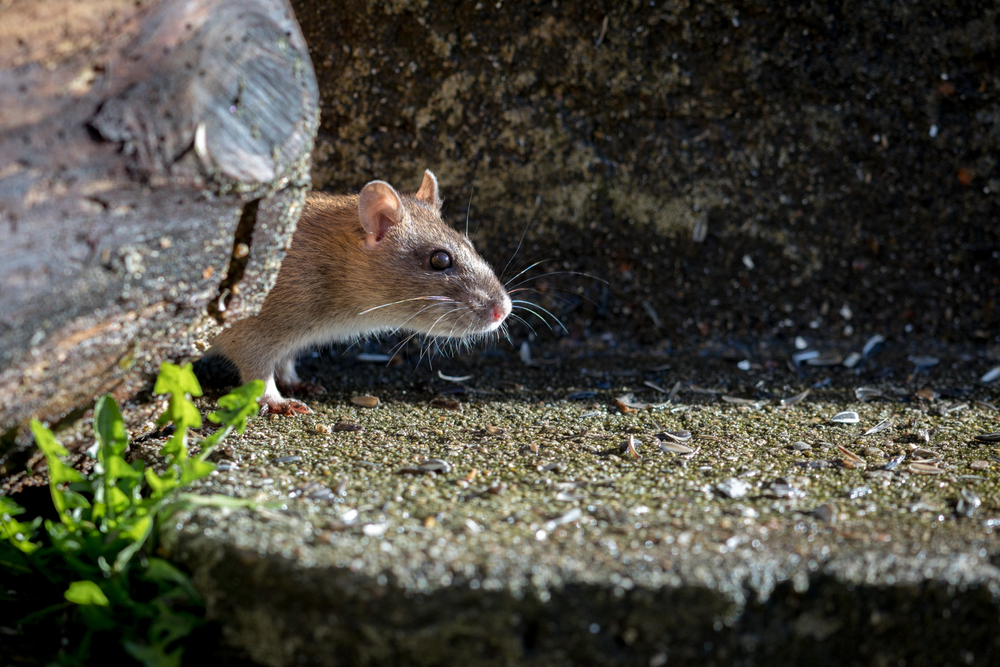
Jungle rats may be quick but not quick enough to avoid their predators’ sharp talons and teeth. Owls, snakes, and larger mammals hunt them tirelessly, taking advantage of their abundance. Their ability to reproduce quickly helps maintain their population, but individual rats face a constant battle for survival. These tiny rodents are a critical food source for many predators in the jungle. For jungle rats, danger lurks in every shadow.
